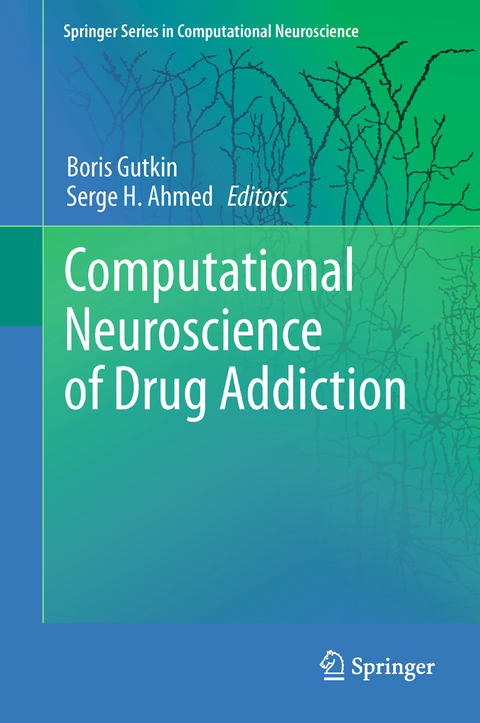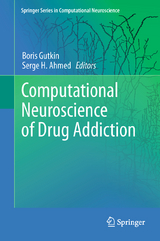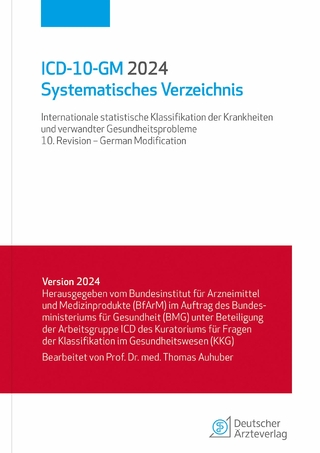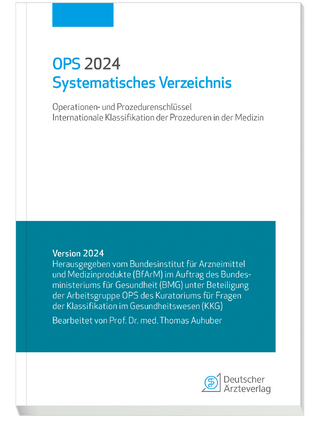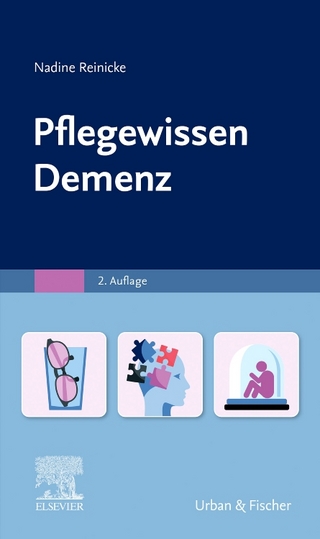Computational Neuroscience of Drug Addiction
Springer-Verlag New York Inc.
978-1-4614-0750-8 (ISBN)
and is a rising concern for developing nations. Over the past 3 decades, experimental research on the
neurobiology and psychology of drug addiction has generated a torrent of exciting data, from the molecular up to the behavioral levels. As a result, a new and pressing challenge for addiction research is to formulate a synthetic theoretical framework that goes well beyond mere scientific eclectism to deepen our understanding of drug addiction and to foster our capacity to prevent and to cure drug addiction.
Intrigued by the apparent irrational behavior of drug addicts, researchers from a wide range of scientific
disciplines have formulated a plethora of theoretical schemes over the years to understand addiction.
However, most of these theories and models are qualitative in nature and are formulated using terms that are often ill-defined. As a result, the empirical validity of these models has been difficult to test rigorously, which has served to generate more controversy than clarity. In this context, as in other scientific fields, mathematical and computational modeling should contribute to the development of more testable and rigorous models of addiction.
Foreword: P Dayan.- Part 1 – Pharmacological-based models of addiction.- Chapter 1. Simple deterministic mathematical Model of maintained drug delf-Administration behavior and its pharmacological applications. V.L. Tsibulsky* and A.B. Norman.- Chapter 2. Intermittent Adaptation : A mathematical model of drug tolerance, dependence and addiction. A. Peper .- Chapter 3. Control theory and addictive behavior. D. Newlin, P.A. Regalia, T.I. Seidman, G. Bobashev.- Part 2 – Neurocomputational models of addiction.- Chapter 4. Circuit models of addiction: receptors and neural dynamics in nicotine self-administration. M. Graupner and B. Gutkin.- Chapter 5. N Dual-system learning models and drugs of abuse. N.D. Daw and D.A. Simon.- Chapter 6. Modeling decision-making systems in addiction. Z. Kurth-Nelson and A. D. Redish.- Chapter 7. Computational models of incentive-sensitization in addiction: Dynamic limbic transformation of learning into motivation. J. Zhang, K. C. Berridge, and J. W. Aldridge.- Chapter 8. Understanding addiction as a pathological state of multiple decision making processes: a neurocomputational perspective. M. Keramati, A. Dezfouli and P. Piray.- Part 3 – Economic-based models of addiction.- Chapter 9. Policies and priors. K Friston.- Chapter 10. Toward a Computationally Unified Behavioral-Economic Model of Addiction. E.T. Mueller, L.P. Carter and W.K. Bickel.- Chapter 11. Simulating Patterns of Heroin Addiction within the Social Context of a Local Heroin Market. L. Hoffer, G. Bobashev and R. J Morris.
| Reihe/Serie | Springer Series in Computational Neuroscience ; 10 |
|---|---|
| Zusatzinfo | XIV, 342 p. |
| Verlagsort | New York, NY |
| Sprache | englisch |
| Maße | 155 x 235 mm |
| Themenwelt | Geisteswissenschaften ► Psychologie ► Biopsychologie / Neurowissenschaften |
| Informatik ► Weitere Themen ► Bioinformatik | |
| Medizin / Pharmazie ► Medizinische Fachgebiete ► Neurologie | |
| Medizin / Pharmazie ► Medizinische Fachgebiete ► Suchtkrankheiten | |
| Medizin / Pharmazie ► Studium | |
| Naturwissenschaften ► Biologie ► Humanbiologie | |
| Naturwissenschaften ► Biologie ► Zoologie | |
| ISBN-10 | 1-4614-0750-8 / 1461407508 |
| ISBN-13 | 978-1-4614-0750-8 / 9781461407508 |
| Zustand | Neuware |
| Haben Sie eine Frage zum Produkt? |
aus dem Bereich
